Event ID 46, Crash dump initialization failed can be seen in the Event Viewer, if your computer has crashed due to a Blue Screen or any other reason and recovered, but has been unable to log the error or create a dump file. It could also point to a condition where the computer has booted without a configured dump file, and the pagefile has not been set up.
A fatal hardware error has occurred.
Component: Memory
Error Source: Machine Check Exception
The details view of this entry contains further information.
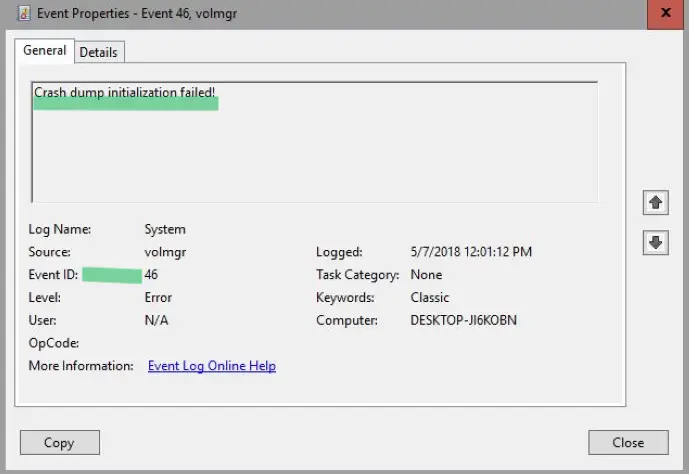
The Pagefile acts as a virtual space where Windows can save files, and during the first boot, it is an important file to help Windows complete the setup. It’s also needed during boot to help manage memory requirements and ensure a smooth startup process for the operating system.
Fix Event ID 46, Crash dump initialization failed
There are two quick ways to eliminate the Crash dump initialization failed error which you may see in the Windows Event Viewer:
- Enable memory dump settings
- Generate memory dump file manually
- Rollback BIOS or UEFI Update
You can do this by booting your PC into Safe Mode using the Bootable media device and going into Advanced Recovery.
1] Enable Memory Dump Settings
First, you can try to change memory dump settings in Windows Settings. A Memory Dump takes all the information in your device’s working memory and creates a copy in your computer’s HDD.
When you enable memory dump settings, you allow your system to capture and store diagnostic information when a system crash or error occurs. So the information is saved in a memory dump file, which can be used to analyze the crash’s cause.
To get started with this, you can follow the below steps:
- Press Windows Key + I to launch Settings.
- Go to System > About.
- Click on Advanced system settings under Device Specifications.
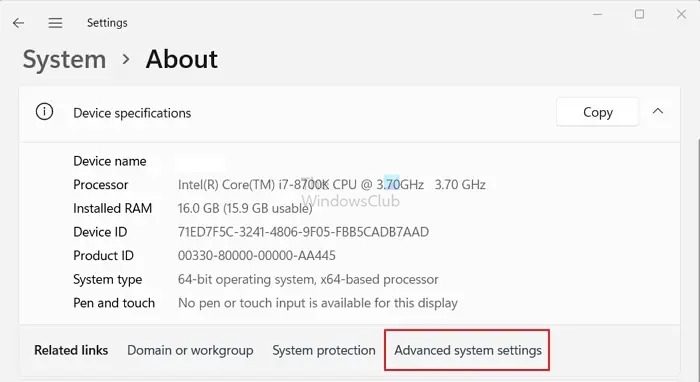
- Next, click on the Advanced tab.
- Now click on the Settings button under Startup and Recovery.
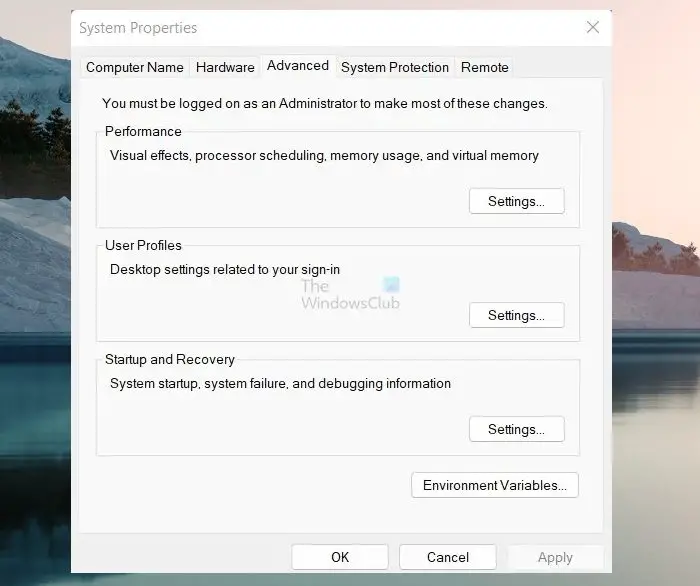
- Use the dropdown menu under Write debugging information to select complete memory dump.
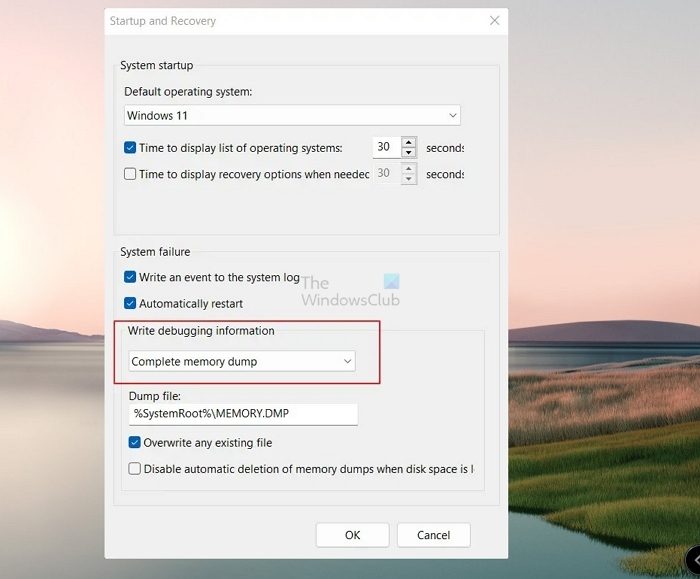
- Finally, click on OK to save the chances.
Once done, reboot your computer and check if you are still getting any issues with crash dump initialization when booting up.
Read: How to enable Windows Installer logging on Windows
2] Generate Memory Dump File Manually
Usually, the contents in your RAM are written to a paging file located on the same partition as your Windows. However, if the dump file is larger than 2GB, it will take a long time to respond. To deal with this, you can generate a memory dump file manually by following the below steps:
- Press the Windows key + R to launch Run.
- Type regedit and press Enter.
- Now go to the following Registry path:
HKEY_LOCAL_MACHINE\SYSTEM\CurrentControlSet\Control\CrashControl
- Next, right-click the empty area and select New > DWORD (32-bit) value.
- Rename the new key file as NMICrashDump.
- Then double-click the newly created key and set the value data to 1 from 0.
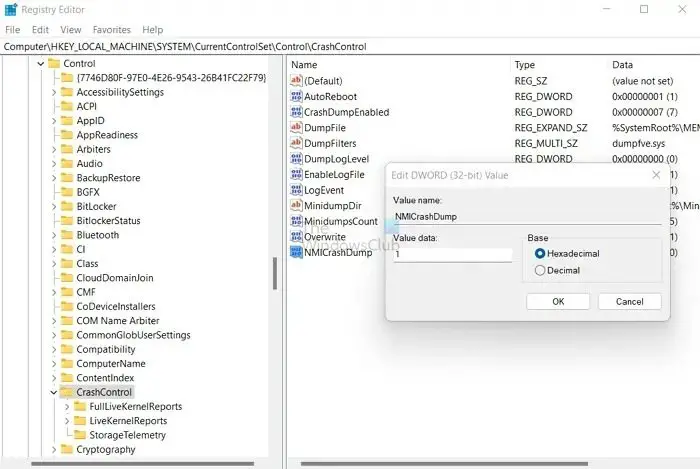
- Finally, click OK and reboot your computer to see if it has fixed your issue.
Read: BCDboot command fails with error Total identified Windows installations 0
3] Rollback BIOS or UEFI Update
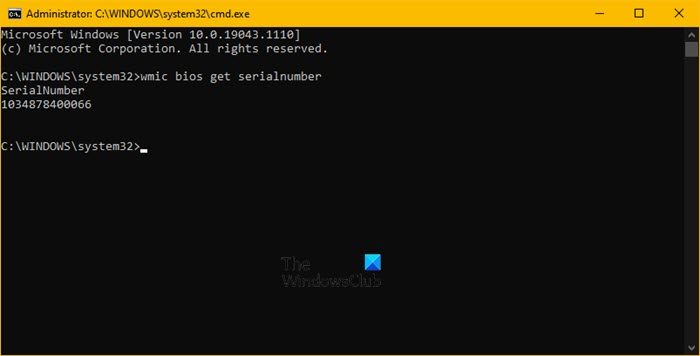
Some users have also reported that rollbacking the motherboard firmware to its previous version can help. In this case, it’s a hardware issue caused by the firmware.
Check with your OEMs manual on how you can roll back the firmware.
Read: How to find out what PC Motherboard Model and Serial Number you have
What is the Event ID for a system crash?
The system crash is identified by an Event ID, a distinct numeric code that aids in organizing and monitoring particular occurrences within the Windows Event Log. Within Windows operating systems, the Event Log acts as a centralized storage where a range of events and actions taking place in the system, including application installations, security events, errors, warnings, and system crashes, are recorded.
Read: How to Configure Windows to create Crash Dump Files on Blue Screen
How do I see crashes in Event Viewer?
Using Event Viewer, you can observe system failures by navigating to the System log in Windows Logs. This log encompasses important system occurrences, such as blue screen errors (BSODs) or system crashes. You can promptly detect and examine the crash incidents by filtering the log to display Critical and Error events.
TIP: You can analyze Windows Memory Dump .dmp files with WhoCrashed.